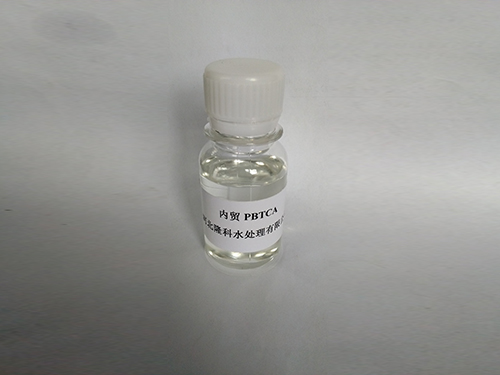Exploring the Benefits and Applications of Anionic Polyacrylamide in Various Industries
Anionic Polyacrylamide Properties, Applications, and Benefits
Anionic polyacrylamide (APAM) is a synthetic polymer that has gained significant attention in various industries due to its unique properties and versatile applications. This water-soluble polymer is a derivative of polyacrylamide, which features anionic (negatively charged) groups that enhance its performance in different chemical and physical environments. Understanding the properties, applications, and benefits of APAM can help industries maximize its potential.
Properties of Anionic Polyacrylamide
Anionic polyacrylamide is characterized by its high molecular weight and flexibility, making it suitable for a wide range of applications. The anionic nature of the polymer enables it to interact effectively with cationic species, such as metal ions and other positively charged compounds. This interaction significantly enhances its flocculation properties, allowing APAM to efficiently agglomerate suspended particles in water.
The solubility of APAM in water allows it to perform effectively in aquatic environments. It is stable across a wide range of pH levels and temperatures, though extreme conditions can affect its performance. The polymer is also resistant to microbial degradation, which is an essential factor for its longevity and effectiveness in various processes.
Applications of Anionic Polyacrylamide
APAM has found extensive applications in several industries, most notably in water treatment, agriculture, and mining.
1. Water Treatment One of the primary uses of anionic polyacrylamide is in water treatment processes. Due to its flocculating properties, APAM promotes the aggregation of suspended solids, allowing for their efficient removal from wastewater. It is widely used in municipal and industrial wastewater treatments, enhancing the sedimentation and clarification processes. As a result, water treatment facilities can achieve higher levels of purification and reduce the environmental impact of their effluents.
anionic pam

2. Agriculture In agriculture, APAM acts as a soil conditioner, improving water retention and soil structure. Its use enhances the soil's ability to hold moisture, which is particularly valuable in arid regions. By incorporating APAM into agricultural practices, farmers can achieve better crop yields while minimizing water usage. Additionally, the polymer can assist in controlling soil erosion and promoting healthier root development.
3. Mining and Mineral Processing The mining industry utilizes APAM for its ability to enhance the separation of valuable minerals from ore. It aids in the flotation and filtration processes, improving the recovery rates and efficiency of mineral processing operations. By using APAM in this context, mining companies can reduce waste and increase the overall productivity of their operations.
Benefits of Anionic Polyacrylamide
The benefits of anionic polyacrylamide extend beyond its applications. Its use contributes to environmental sustainability by enabling more efficient water usage, reducing the need for chemical coagulants, and minimizing waste generation. Additionally, the ability of APAM to improve soil quality and water retention aids in sustainable agricultural practices, ensuring food security in the face of climate change.
Moreover, the economic advantages of using APAM are significant. Industries that adopt APAM can reduce operational costs associated with waste management and resource utilization. This cost-effectiveness, combined with the polymer's multifunctional capabilities, makes APAM an attractive choice for businesses looking to enhance their operational efficiency while adhering to environmental regulations.
Conclusion
Anionic polyacrylamide is a versatile polymer with a broad range of applications across various sectors. Its unique properties, including flocculation, water solubility, and resistance to degradation, make it an invaluable asset in water treatment, agriculture, and mining. By promoting efficiency, sustainability, and cost-effectiveness, APAM continues to play a crucial role in addressing modern environmental and industrial challenges. As industries evolve, the demand for such innovative materials will likely increase, further highlighting the importance of anionic polyacrylamide in our daily lives.
-
Water Treatment with Flocculant Water TreatmentNewsJun.12,2025
-
Polymaleic AnhydrideNewsJun.12,2025
-
Polyaspartic AcidNewsJun.12,2025
-
Enhance Industrial Processes with IsothiazolinonesNewsJun.12,2025
-
Enhance Industrial Processes with PBTCA SolutionsNewsJun.12,2025
-
Dodecyldimethylbenzylammonium Chloride SolutionsNewsJun.12,2025





